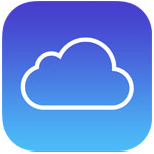 iCloud Demystified
iCloud Demystified
What is this mysterious and scary 'iCloud' of which you speak? I thought you'd never ask. My goal with this article is to give you an overview of iCloud and hopefully shed some light on a few features you might not have been aware of. I realize I just ended that last sentence with a preposition. Forgive me, Grammar monsters!
So as I was saying, iCloud is a wonderful service that allows you to store your content and wirelessly sync it between all of your devices. For starters, you get 5GB of free storage for mail, documents, account information, settings, and app data. Need more? Just hit "Settings" on your device and you can sign up for more right there under "iCloud > Storage and Backup > Buy More Storage." 10GB will run you about $20/year at the time of this post.
PC users, you're not left out of the party — you don't need a Mac to experience the benefits. If you own an iOS device you can use iCloud for backup, storage, and productivity.
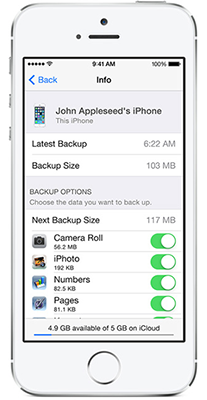 iCloud works automagically (my word, trademark pending) in the background, backing up your device over Wi-Fi every day while it's turned on, locked, and connected to a power source. There's not much to it, just sign in on any iOS device with your Apple ID and password and your content is restored from your previous backup to your new device.
iCloud works automagically (my word, trademark pending) in the background, backing up your device over Wi-Fi every day while it's turned on, locked, and connected to a power source. There's not much to it, just sign in on any iOS device with your Apple ID and password and your content is restored from your previous backup to your new device.
What exactly does iCloud back up?
- Purchased music, movies, TV shows, apps, and books
- Photos and videos in the Camera Roll
- Device settings
- App data
- Home screen and app organization
- Messages (iMessage, SMS, and MMS)
- Ringtones
Mail, Calendar, Contacts, and Reminders

Content everywhere
With Apple's iTunes Match, you can store your music in iCloud—even songs you imported from CDs.* So not only is your Sheryl Crow album synced across your devices, you're also freeing up space on your device to download apps, store photos, and more. And iTunes Match plays back songs from iCloud at 256-Kbps AAC DRM-free quality—even if the original copy was of lower quality.
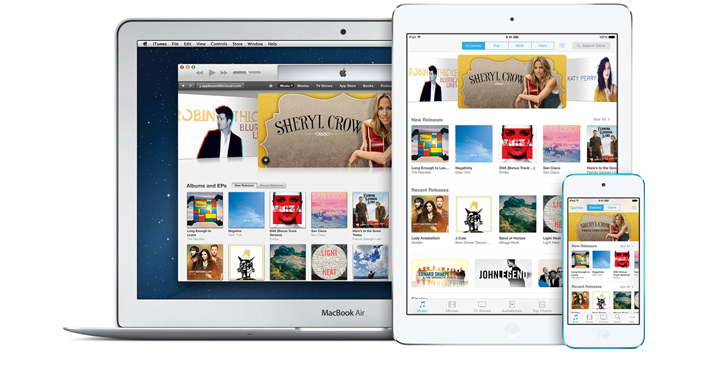
iCloud Photo Sharing
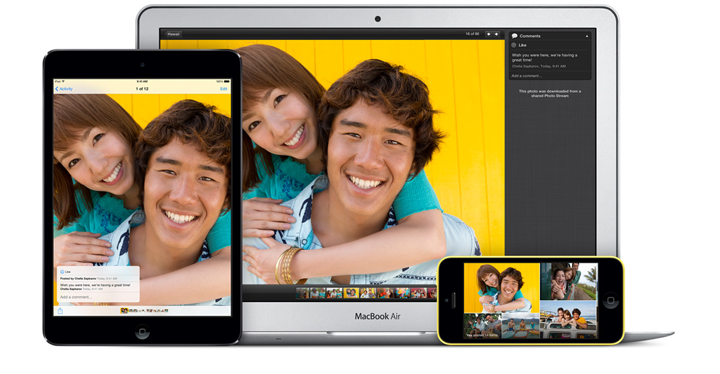
Find My iPhone
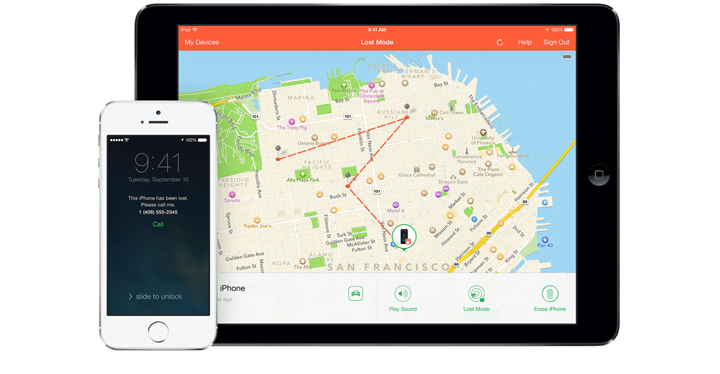
iWork and iCloud
The iWork apps—Pages, Numbers, and Keynote—are now available to download free on new devices with iOS 7 and OS X Mavericks.
With sharing and collaboration, you can share document links and edit your content in real time—so it's easier to work with others, and you don't have to waste time keeping track of different versions.
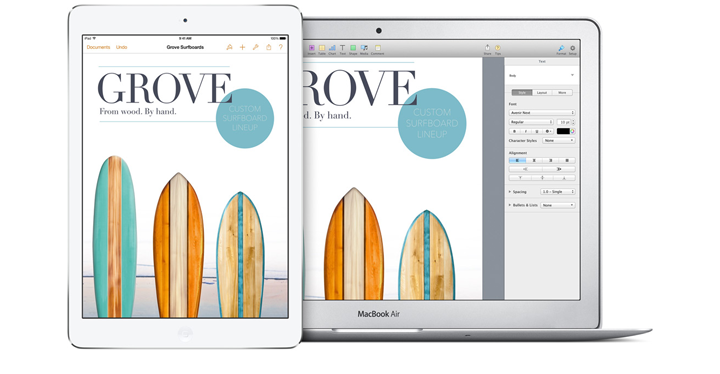
Apps and iCloud
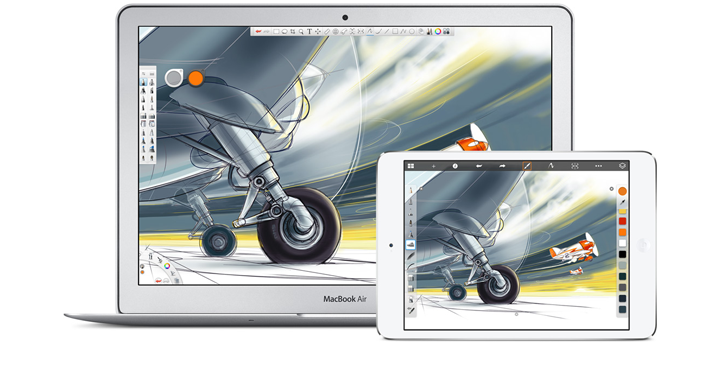
Safari
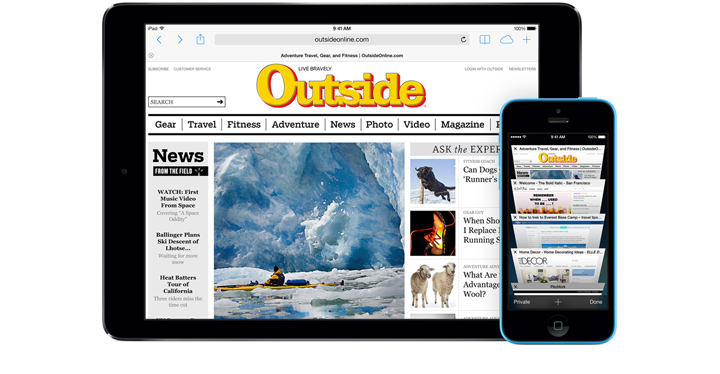
iCloud Keychain
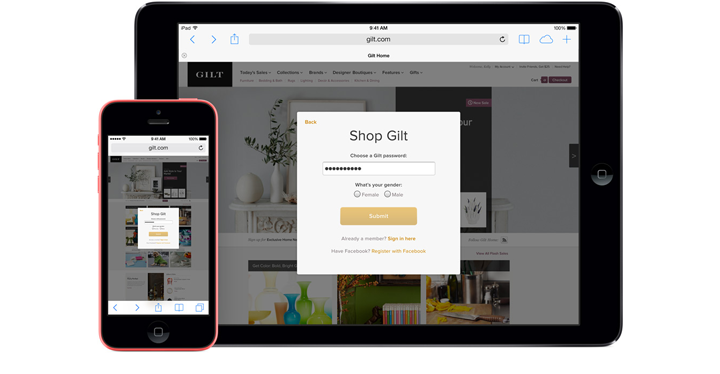
iCloud.com
With iCloud you can access your content on your favorite browser. You can log in to iCloud.com to see Mail, Contacts, Calendar, Notes, Reminders, Find My iPhone, and iWork for iCloud beta documents in Pages, Numbers, and Keynote.
Got a PC? No biggie. You can install iCloud Control Panel to use iCloud with Microsoft Outlook or share photos using your PC.
How to set up iCloud
You get the most from iCloud when you set it up on all your devices—including your Mac or PC. you just sign in with your Apple ID and enable the iCloud features you want to use. The rest is automatic. You get a unique iCloud email account, and you can access your emails using iCloud.com or through any of your iOS devices.
Setting up iCloud is easy. For simple setup instructions, visit http://www.apple.com/icloud/setup/.
Summary
So there you have it, iCloud in a nutshell. I hope you laughed; you cried, and ultimately you enjoyed sharing this short journey with me. I know I did! I feel like we learned something about each other here. If you enjoyed reading it, then by all means share it. Until next time, dear readers.